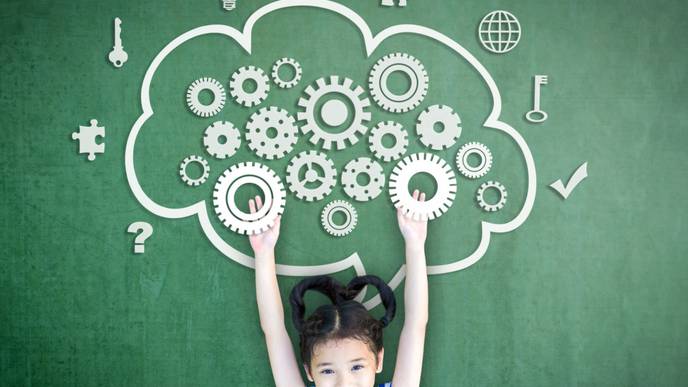Increases in Pediatric Mental Health Emergency Visits Persist Throughout Pandemic

10/24/2023
Mental health crises among children and adolescents requiring emergency department care skyrocketed during the pandemic and have stayed elevated despite a return to normalcy, according to a study by Weill Cornell Medicine and NewYork-Presbyterian investigators.
The study, published in the journal Pediatrics on Oct. 20, compared rates of pediatric mental health visits in the emergency departments of five New York City medical centers from a pre-pandemic period through five pandemic waves. Each wave saw elevated rates of youth mental health-related visits compared to before the pandemic. They found, however, no relationship between pediatric mental health visits and COVID-19 prevalence or how strict mitigation measures were.
Dr. Cori Green
“The pattern we saw is different than other tragedies because even after the acute COVID-19 emergency was over, we saw that an elevated rate of mental health emergencies persisted,” said senior author Dr. Cori Green, vice chair of behavioral health in pediatrics and associate professor of clinical pediatrics at Weill Cornell Medicine and a pediatrician at NewYork-Presbyterian Komansky Children's Hospital.
Youth mental health was already in a crisis, but the pandemic may have exacerbated or uncovered underlying issues. “The COVID-19 pandemic made the problems more pronounced,” noted first author Dr. Deborah Levine, an associate professor of clinical emergency medicine and associate professor of clinical pediatrics at Weill Cornell Medicine and a pediatric emergency medicine physician at NewYork-Presbyterian/Weill Cornell Medical Center.
The data analyzed for the study came from a New York-based network called the INSIGHT Clinical Research Network, which is part of the National Patient-Centered Clinical Research Network (PCORnet).
Families Turn to the Emergency Room for Help
One of the early epicenters of the COVID-19 pandemic in the United States, New York City faced enormous challenges. As pandemic restrictions shut down many health clinics, schools and other youth services, emergency departments became the only option for those experiencing mental health crises. Consequently, emergency visits for a range of mental health issues increased dramatically:
Eating disorder visits were significantly increased above predicted for all five waves with the largest increase, 545 percent over the expected rate, in the first wave.
Anxiety-related visits were about 75 percent and 66 percent higher in the first and second wave, respectively, and decreased to approximately 40 percent higher than expected in the fourth and fifth waves.
Depression-related visits were 28 percent higher and suicidality-linked visits were up 53 percent in the second wave.
Visits related to substance use disorder were elevated 62 percent in the second wave, 87 percent in the fourth wave and 131 percent in the fifth wave, over expected.
Dr. Deborah Levine
The researchers also observed that patients who were female, adolescents, Asian, or from communities with more resources were overrepresented compared to what would have been expected pre-pandemic. As this study focuses on New York City, Dr. Levine cautioned that the conclusions may not be universal. However, other studies within the United States and around the world have also demonstrated increased rates of mental health emergencies during the pandemic.
More Pediatric Mental Health Resources Needed
Dr. Levine and Dr. Green hope their analysis helps draw attention to the urgent need for greater pediatric mental health care resources. Post-pandemic families are still struggling to access pediatric mental health care. Many emergency departments must hold young people while they wait for beds to open on psychiatric units, and outpatient settings have limited openings. “Community mental health services have a three-to-six-month waitlist,” Dr. Green added.
The data may also help identify high-risk groups requiring greater attention. For example, Dr. Levine and Dr. Green found while children from communities with fewer resources did come for emergency mental health visits, there was not as drastic an increase in rates of their visits as expected considering the impact of the pandemic. “Youth from more historically marginalized populations may have been less likely to come to the emergency department to access care and silently suffered,” said Dr. Levine. While some of those patients are now identified during routine primary care screening, their mental health conditions may have progressed to a more severe stage since they did not seek help earlier.
“We are trying to bring this crisis to people’s attention,” Dr. Levine said. “The more we study the problem, the more we may be able to identify solutions, bring them to policymakers and try to get more funding for youth mental health care.”
“This crisis has reached a point where you can’t ignore it,” Dr. Green added. “There has to be action and not everyone is acting as quickly as they need to.”
This study was supported by an award from the RTW Foundation.

Facebook Comments